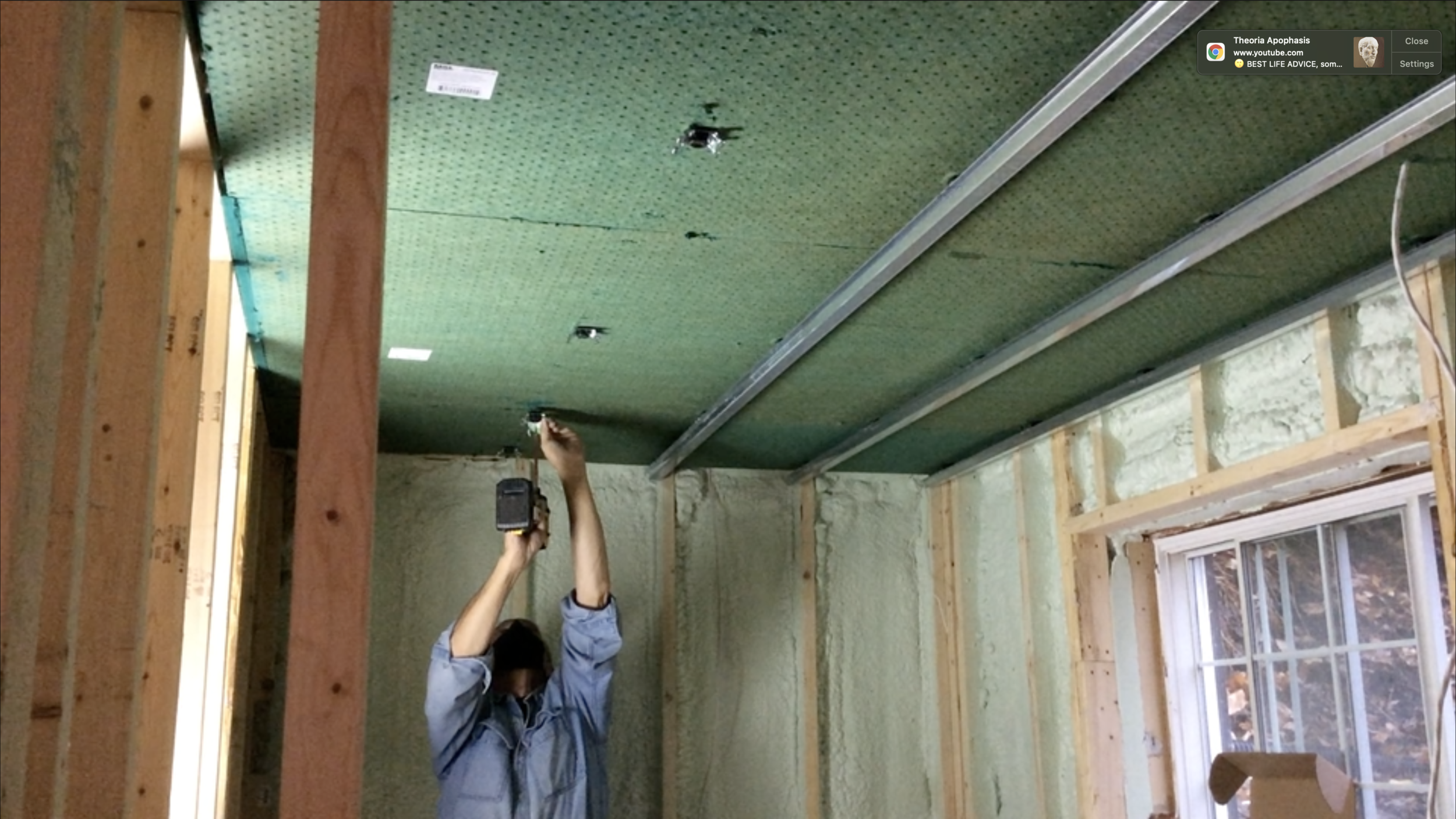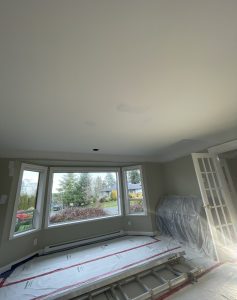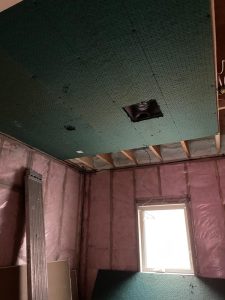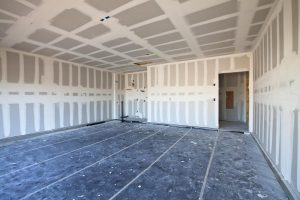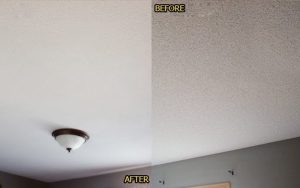The quest for a tranquil and peaceful living or working environment has given rise to the imperative of effective soundproofing in interior design. This essay delves into the multifaceted realm of soundproofing with drywall, exploring various techniques and materials, with a special focus on the inclusion of Sonopan, a noteworthy soundproofing product. The aim is to illuminate the diverse strategies and innovations available for achieving acoustic harmony within interior spaces.
1. The Importance of Soundproofing:
Effective soundproofing serves as the linchpin in the creation of an environment conducive to concentration, relaxation, and overall well-being. Unwanted noise can significantly impact the quality of life, disrupting activities, conversations, and work. Soundproofing is not just about maintaining privacy; it is about curating spaces that facilitate focus, enhance productivity, and contribute to an overall sense of comfort.
2. Understanding Sound Transmission:
A foundational understanding of sound transmission within structures is essential for effective soundproofing. Sound can travel through various mediums, with airborne and impact sounds being primary considerations in the context of buildings. Airborne sounds, such as voices or music, traverse through the air, while impact sounds, like footsteps, transmit through structural elements.
3. The Role of Drywall in Soundproofing:
Drywall, being a fundamental element in interior construction, plays a pivotal role in soundproofing. However, standard drywall’s inherent limitations necessitate the exploration of specialized products. Acoustic drywall, engineered to dampen sound vibrations, is designed to minimize the transmission of both airborne and impact sounds. Sonopan, a notable addition to this category, offers innovative features for enhanced soundproofing.
4. Techniques for Soundproofing with Drywall:
Double Stud Wall Construction:
Constructing double stud walls involves creating two separate frames with a gap in between, effectively minimizing direct sound transmission. This gap can be filled with insulation material for additional sound absorption, and the inclusion of Sonopan within this structure can further enhance soundproofing efficacy.Resilient Channel Installation:
Resilient channels provide a decoupling effect between drywall and the structure, breaking the direct path of sound transmission. When drywall is attached to resilient channels, vibrations are reduced, contributing to decreased sound transfer. Integrating Sonopan with resilient channel installations can augment the overall soundproofing capabilities.Green Glue Application:
Green Glue, a viscoelastic damping compound, is applied between layers of drywall to convert sound energy into minimal heat. This application method, when combined with Sonopan, can significantly dampen vibrations, creating an effective barrier against sound transmission.Mass-Loaded Vinyl (MLV):
Mass-loaded vinyl, when added between layers of drywall, adds mass and reduces sound transmission. This material is particularly effective in blocking airborne sounds. Integrating Sonopan with MLV enhances the density and soundproofing efficiency of the overall system.Sonopan Integration:
Sonopan, a noteworthy soundproofing product, offers a unique blend of wood fibers and cement, providing enhanced density and sound-damping properties. Integrating Sonopan within wall assemblies, whether in combination with other techniques or standalone, can significantly contribute to the reduction of both airborne and impact sounds.
5. Acoustic Drywall Products:
Several acoustic drywall products, including Sonopan, are engineered to elevate soundproofing capabilities. These products incorporate additional layers or materials to provide increased mass and sound-damping properties. Examples include:
QuietRock:
QuietRock, known for its exceptional soundproofing performance, is designed for applications where sound quality is paramount. The integration of Sonopan with QuietRock can offer a synergistic effect, combining the strengths of both materials.CertainTeed SilentFX:
SilentFX, with its noise-reducing technology, is designed to absorb sound energy. Combining SilentFX with Sonopan can create a formidable barrier against sound transmission, making it a suitable choice for commercial applications.National Gypsum SoundBreak XP:
SoundBreak XP, a type of gypsum board, features a dense core for enhanced soundproofing. When augmented with the inclusion of Sonopan, it can provide a higher level of noise reduction compared to standard drywall.
6. Best Practices for Soundproofing:
Adhering to best practices is paramount for achieving optimal soundproofing results, including the integration of Sonopan:
Sealing Gaps and Cracks:
A meticulous approach to sealing gaps and cracks is essential. Acoustic caulks and sealants should be utilized to ensure an airtight installation, preventing sound leaks. Sonopan, with its solid composition, further reinforces the integrity of the soundproofing system.Consistent Application of Materials:
Consistency in applying soundproofing materials, including Sonopan, is crucial. Adhering to manufacturer guidelines for application thickness and coverage ensures that the intended soundproofing performance is achieved uniformly.Professional Installation:
While certain soundproofing measures can be approached as do-it-yourself projects, techniques like double stud wall construction or the integration of Sonopan may require professional expertise. Engaging experienced professionals ensures the effective implementation of soundproofing strategies.
Conclusion:
In conclusion, the endeavor to create acoustic harmony within interior spaces through soundproofing with drywall is a nuanced and intricate process. Understanding the principles of sound transmission, employing specialized techniques, and integrating advanced materials, such as Sonopan, are integral components of this endeavor.
The inclusion of Sonopan, with its unique composition of wood fibers and cement, adds a valuable dimension to soundproofing efforts. Whether used in conjunction with other techniques or as a standalone solution, Sonopan contributes to the creation of an effective barrier against both airborne and impact sounds. As we strive for tranquility and functionality in our living and working environments, the integration of Sonopan with soundproofing strategies underscores a commitment to optimizing the auditory experiences within the spaces we inhabit. It is a testament to the evolution of soundproofing as a dynamic and innovative field, where the synergy of materials like Sonopan with established techniques propels us towards the realization of acoustic excellence.

